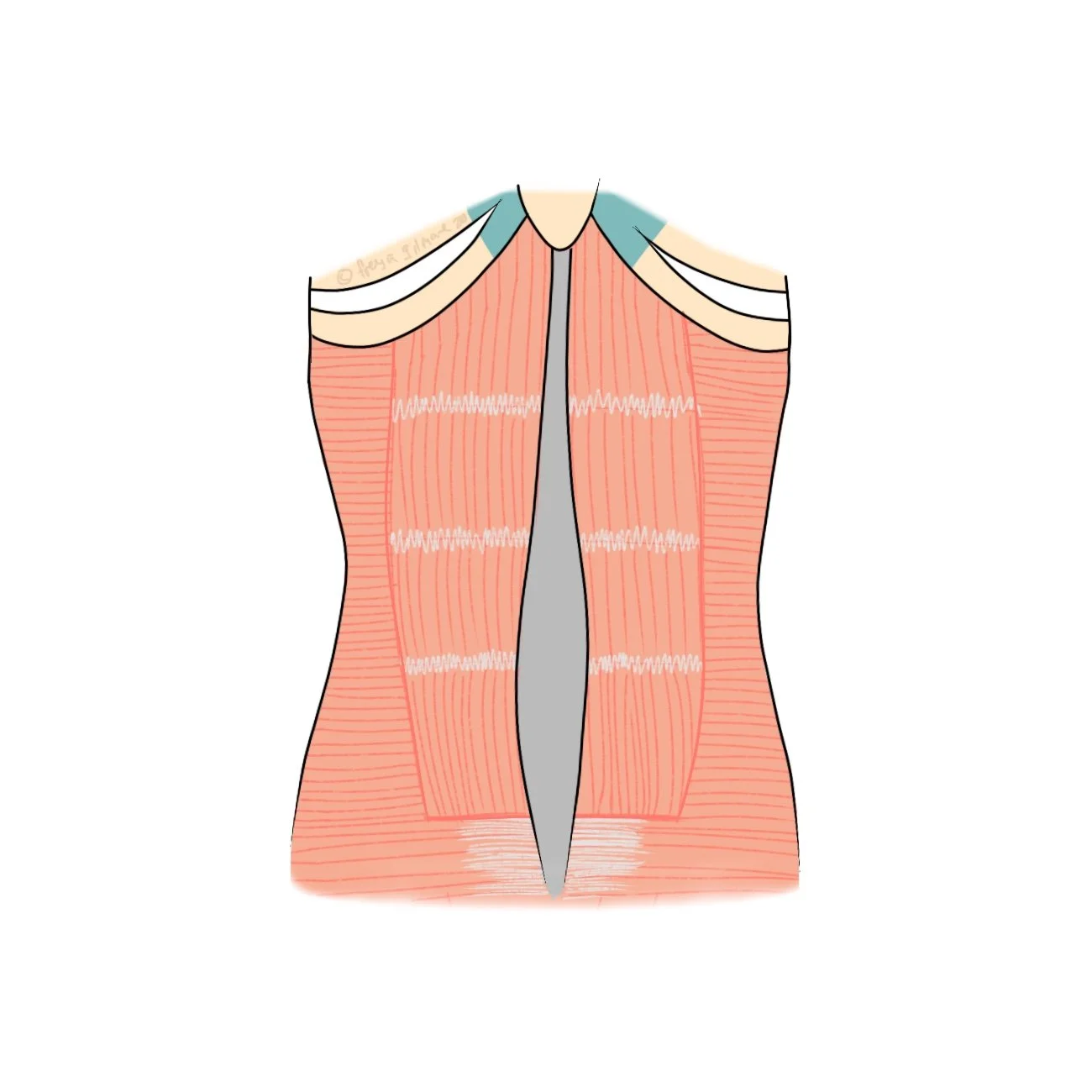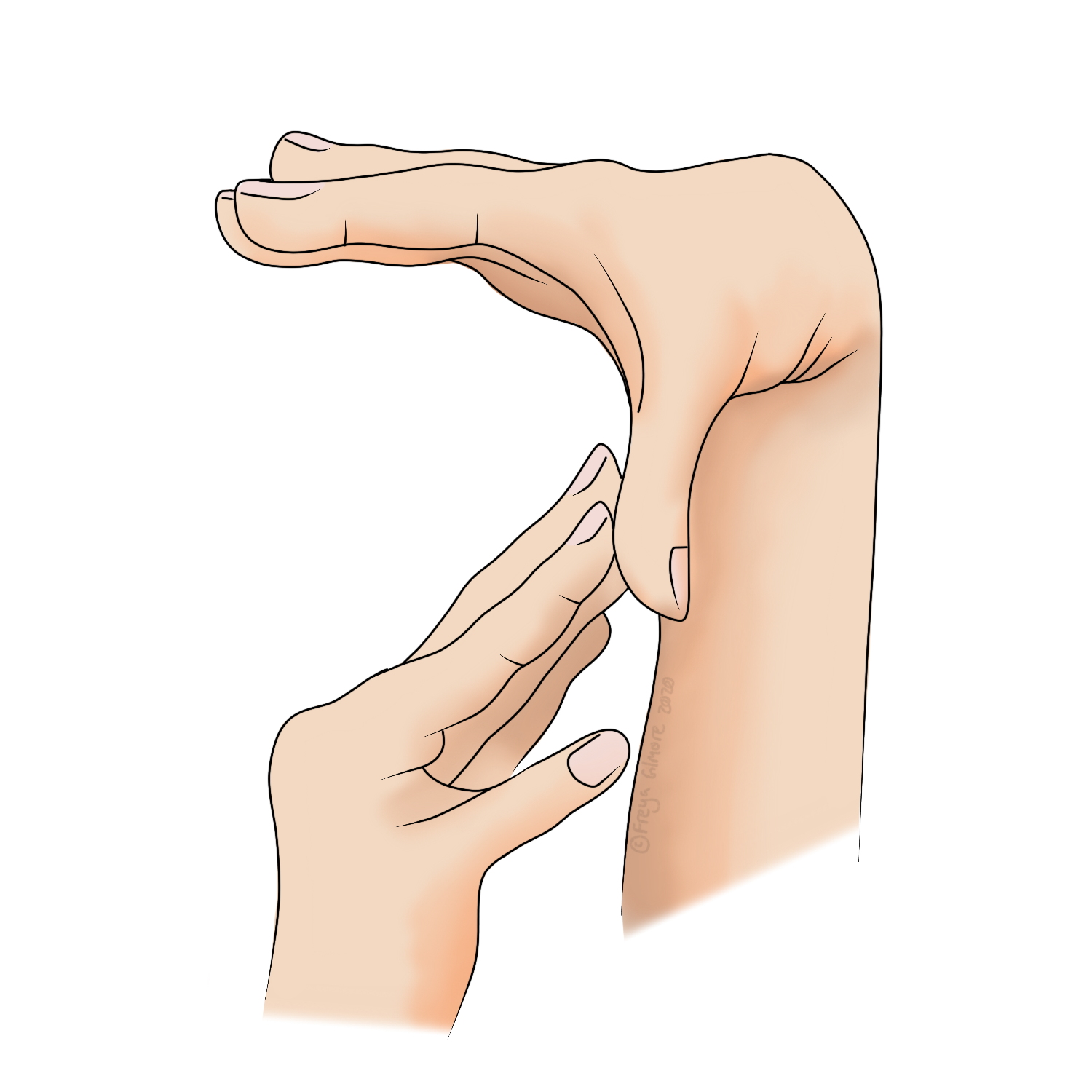Bursitis is inflammation of a bursa. It can cause pain anywhere where muscles or tendons run close to each other. There are countless bursae all over the body, but the arms and legs seem most prone to bursitis.
Read MoreMuscle cramps are a common issue across the general population, but some people are more prone to suffering them than others.
Read MoreShin splits are a common complaint among runners and other athletes, causing pain during and after exercise. The symptoms often develop after an increase in demand, such as moving from treadmill to hill running, or increasing your distance.
Read MoreCRPS is a pain disorder that causes a range of symptoms in one area of the body. It can be brought on by injury or restriction, like a twisted ankle or sling. Alternatively, it can follow a nerve injury. Symptoms may be acute (despite the name), resolving in under 3 months, or chronic. Most cases resolve within 18 months.
Read MoreOsgood Schlatter’s Disease (OSD) is a condition that affects the knee while the bones are still growing. It causes pain at the front of the knee, below the knee cap, which eventually becomes a bony lump. It is a common condition, and many people don’t know that they ever had it until the lump is noticed in passing.
Read MoreDiastasis recti is a poorly defined condition most common in post-partum women. It can also affect men and women who have carried a lot of weight around their middle. The condition is characterised by separation of the abdominal muscles along a central tendon (the linea alba).
Read MoreOsteopaths are qualified to help with pain caused by rheumatological conditions.
Read MoreOne of the most common causes of foot pain is plantar fasciitis. This is a condition in which the tendinous tissue on the sole of the foot becomes irritated. Despite the suggestion of inflammation in the name, the condition is actually considered to be degenerative- not inflammatory.
Read MoreOne reason your osteopath takes such a detailed case history is that sometimes, things are not what they seem. Referred pain is an example of this- where the pain is felt in one place, but the problem is somewhere else.
Read MoreColic is a relatively common, but highly impactful collection of symptoms. It is not a diagnosis itself, as it could be caused by a number of different things. The NHS defines the parameters of colic as crying for:
3 hours a day
3 days a week
for at least a week
It affects about 20% of babies between 1-4 months of age.
Read MoreTailbone pain can be debilitating, and sometimes embarrassing given its intimate location. If you’re suffering, know that you will be treated professionally and without judgment should you seek treatment with us.
Read MoreOsteopaths are recognised for their ability to help manage arthritic pain. Not all forms of arthritis can be treated to resolution with osteopathy- some are autoimmune and require a rheumatologist’s support. But helping you with your symptoms is typically within our remit.
Read MoreFibromyalgia is a chronic pain condition, primarily affecting women between the ages of 20 and 60- but it does affect men too. Alongside the pain, patients report fatigue, difficulty concentrating, and digestive problems.
Read MoreOsteomalacia is a condition caused by a severe deficiency of vitamin D. 1/6 of the adult UK population is estimated to be somewhat deficient in vitamin D, and you are at higher risk of this if you have darker skin, less exposure to sunlight, or a diet that is low in calcium or vitamin D.
Read MoreMost cases of lower back pain are within our remit, but sometimes you need to see a doctor instead of an osteopath.
Read MorePain is a complicated thing, influenced by a number of internal and external factors. External factors include things like the context of an injury- you’ll likely be in more pain if an injury looks bad, or if you’re worried that it will have a larger impact on you. Internal factors can include your chemical makeup, including your hormones.
Read MoreAches and pains, particularly in the lower back, are common in pregnancy. But sometimes the discomfort is more than just the expected adaptation. SPD and PGP refer to more intense pains in the joints of the pelvis.
Read MoreHypermobility simply refers to excessive joint movement. This might be local, as when you injure the ligaments of a joint and it remains more mobile after healing. Otherwise it can be widespread. Some people are generally more bendy than others, and sometimes generalised hypermobility is caused by conditions like Ehlers Danlos Syndrome.
Read MoreThe TMJ stands for the Temporo Mandibular Joint. This is just the technical name for the jaw. The joint itself is just in front of the ear, so clicking can feel very loud to the person affected.
Read More



















